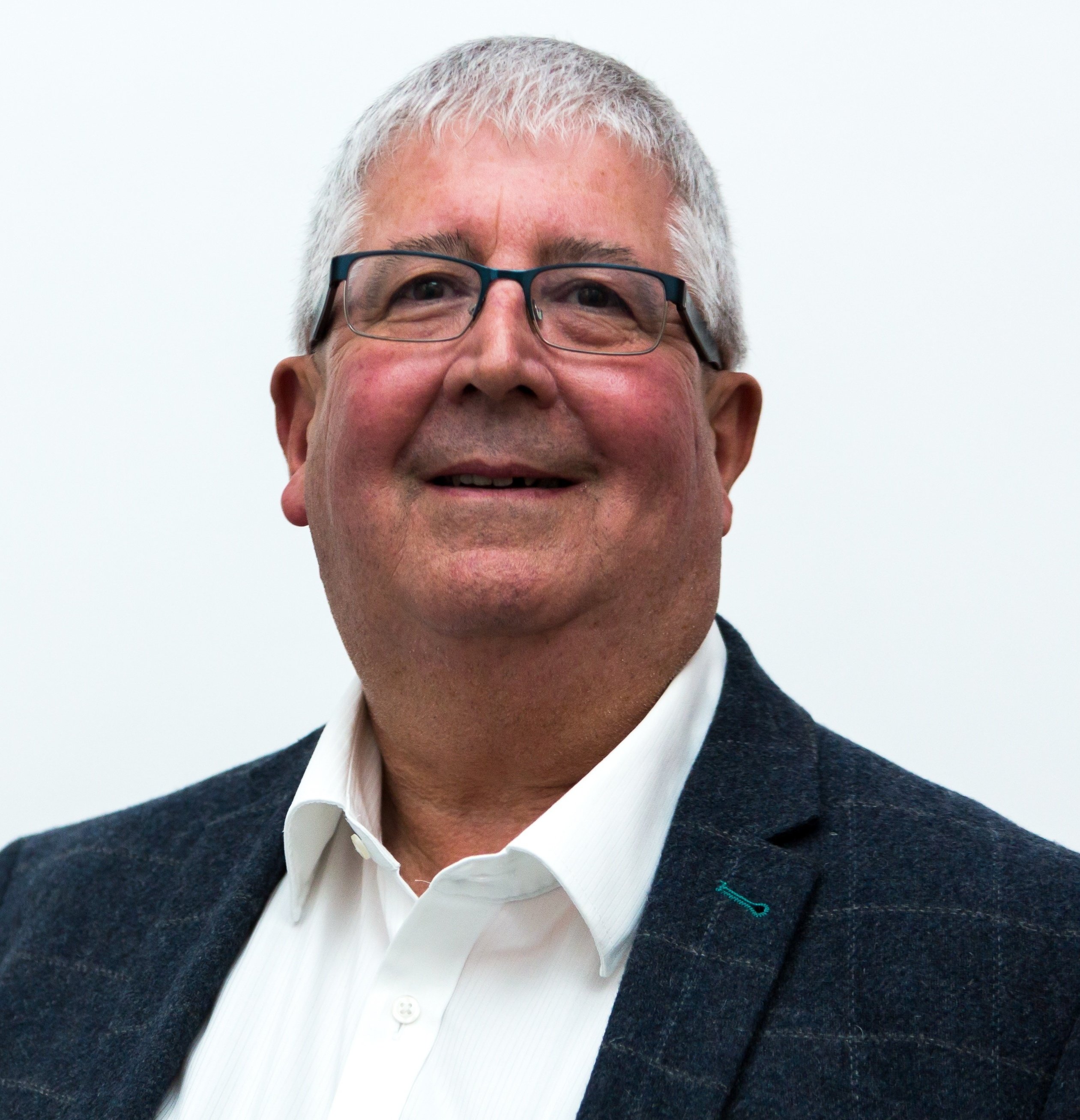By Kevin Moore
Next generation sequencing (NGS) and the related applications for cell-based assay development are poised to be a powerful combination in the field of genomics. SLAS 2018 dives into this topic in the track "Assay development and screening" which includes the session "Utilizing the power of NGS and genomics in screening," chaired by David Piper, Ph.D., Director, Research and Development, Cell and Synthetic Biology, Thermo Fisher Scientific. We spoke to Dr. Piper about the key topics, highlighted trends, and target audience for the talks and presenters he has prepared.
Broadly, this session aims to uncover “how researchers are using genomic information, what functional genomic approaches allow for knockdown of specific genes, and which NGS techniques in screening activities are aimed at building cell models, identifying and validating drug targets, and identifying lead compounds in novel ways," says Dr. Piper.
%20for%20129A.jpg?width=891&height=537&name=14716671_m%20(1)%20for%20129A.jpg)
Next-Gen sequencing and genomic information are playing a powerful role in drug screening.
"One of the issues I think we all understand to be a challenge in assay development and screening is the validity of the cell model we choose. And the reality is that many of us don't have a very good understanding of all the different variables in our cell models; for instance, how many copy numbers do they have, what are their actual sequences, and what are their epigenetic states?" said Dr. Piper.
Open targets in cell-based assays
A presentation by Dr. Rebecca Randle, from the Screening Profiling and Mechanistic Biology department of GlaxoSmithKline, will focus on the cell-line epigenomes project, an Open Targets project in collaboration with the EMBL-EBI and the Wellcome Trust Sanger Institute.
This work uses epigenetic and transcriptomic profiles to enable the selection of appropriate cell models for in vitro assay development and screening. The researchers evaluated a large series of cells, tissues, and models and created a catalog of the epigenomic and transcriptomic profiles of commonly used immortalized cell lines and other sources of model systems.
"This database can help people understand the relevance of the models they are using and guide them in choosing the proper models for their downstream screening work," says Dr. Piper.
Functional genomic screening methods
Dr. Jon Chesnut, Senior Director of Synthetic Biology from Thermo Fisher Scientific, will discuss the use of new functional genomic screening approaches that can be accomplished with CRISPR tools. This talk will focus on the use of lentiviral particles in an arrayed library format, providing an overview of how these libraries were designed and constructed, and suggestions for how they might be applied to target identification and validation screening.
"The idea will be to explore how, by using a relevant cell model, one can specifically knock out genes and understand how those genes regulate or determine a cellular or disease phenotype; and, using those methods, how it may be possible to understand novel targets that can be used for drug discovery exercises downstream."
Next-gen deep sequencing with RNA
Dr. Hai-Ri Li, from the University of California, San Diego will focus on RASL-seq (RNA annealing, selection and ligation coupled with deep sequencing) approaches to identify RNA processing regulators. "While not a typical drug target, we know that RNA processing plays a significant role in certain diseases," says Dr. Piper, "and using these NGS-based methods, genetic screens can be carried out to identify proteins that regulate these RNA processing mechanisms in both disease and normal biology."
DNA-encoded library screening
The final talk, from Dr. Steve Rees, Vice President Discovery Biology at AstraZeneca, will describe the need for new hit identification technologies and the principles of DNA-encoded library screening. He will discuss how the power of NGS enables and improves the detection of hits in DNA-encoded library screens and provide examples of successful hit identification.
"Valid and translatable cell models represent a significant gap in current drug discovery technology," says Dr. Piper. "The ability to set up in vitro models that can reliably and predictably yield results that can then be translated to the clinic is an important challenge and requires significant improvement," he adds. Compounds failing in clinical trials because they lack the expected efficacy based on promising in vitro and preclinical results is an ongoing issue.
Discover new techniques in next gen sequencing
Dr. Piper encourages anyone involved in the early stages of drug discovery for any therapeutic area, and particularly assay development and screening, to attend the session and learn more about the advances in these technologies and approaches. Scientists working more downstream in drug development would benefit by gaining a better understanding of how the hits they receive are being developed.
Acknowledgement
Dr. David Piper
About the author

Kevin Moore
Kevin Moore is Head of Markets and Applications based out of Tecan’s head office in Männedorf, Switzerland. He heads the team tasked with bringing both products and application for the liquid handling to the market. Prior to joining Tecan in 2007, he was head of Compound Management and Technology project manager for the Neuroscience Research Centre of Merck & Co in the UK, where he worked for Merck for 20 years.











